Chesnot | Getty Images News | Getty Images
Often touted as the “holy grail” of sustainable driving, solid-state batteries have long been stuck between theory and the promise of commercialization in the next five to 10 years.
A recent flurry of announcements from major automakers and incumbent cell producers appears to have renewed optimism.
Solid-state batteries are thought to offer significantly higher energy density than conventional lithium-ion batteries, fueling expectations that they could enable the next-generation of EVs.
U.K. research firm Rho Motion has flagged one catalyst for the industry’s rejuvenated momentum: the launch of the first oxide-based semi-solid-state EVs by China’s Nio and IM Motors in the second half of last year.
A long list of key players have since doubled down on timelines for the commercial production of solid-state batteries, with mass output expected before the end of the decade.
Some of the car giants jostling for pole position in this push include Germany’s Volkswagen and Mercedes-Benz Group, Jeep and Chrysler maker Stellantis, China’s BYD and Japan’s Nissan and Toyota.
Car batteries at a factory in Nanjing in China’s eastern Jiangsu province.
Str | Afp | Getty Images
“Many of the players announcing movement in the space are targeting 2027/28 for commercial production, in many cases initially for semi-solid rather than full solid state,” Iola Hughes, head of research at Rho Motion, told CNBC by email.
“Semi-solid batteries offer improved energy density and safety over conventional lithium-ion cells and are easier to manufacture, making them a practical bridge toward solid-state technology,” Hughes said.
“However, they don’t match the full performance potential of true solid-state batteries in terms of energy density, compactness, and long-term scalability,” she added.
What are solid-state batteries?
Solid-state batteries contain a solid electrolyte, made from materials such as ceramics, as opposed to conventional lithium-ion batteries, which contain liquid electrolyte.
Proponents say the technology offers safer, cheaper and more powerful batteries for EVs, while potentially providing faster charging times. Solid-state batteries may also allow Western producers to localize production — thereby weaning themselves away from China’s dominant supply chains.
Critics have meanwhile typically flagged relatively high production costs, the swelling of the battery during charging and the degradation of the cell after extensive charging.
Some carmakers have favored the development of semi-solid-state batteries over solid-state. These cells use a hybrid design of solid electrolyte and liquid electrolyte.
Who’s winning the race?
BYD and CATL, which already have large-scale cell manufacturing expertise, are thought to have a better shot at delivering solid-state batteries at commercial volumes compared to some of their rivals, Rho Motion’s Hughes said.
Among Western automakers, Hughes said that the likes of BMW and Mercedes were probably among the frontrunners in the race to roll out the technology.
“They’re not only investing heavily in R&D and prototype testing but also diversifying their risk through multiple partnerships. Stellantis, for instance, has tied up with Factorial Energy, which is working on semi-solid-state cells — so their first offerings will likely be hybrid technologies rather than true all-solid-state,” Hughes said.
The BMW logo is emblazoned on the hood of a car at the Auto Shanghai 2025 trade fair, one of the most important industry gatherings where manufacturers showcase their latest products.
Picture Alliance | Picture Alliance | Getty Images
For its part, Nissan has said it remains on track to deliver solid-state batteries by 2028.
“We keep working on it and we keep with the plan. The question is whether the market will be ready for that and at which moment you invest heavily on deploying this kind of technology. This is what we are looking at very closely,” Nisaan CEO Ivan Espinosa told CNBC last month.
“You don’t want to over-engage with investments when the market is not ready to welcome the new volume that you might need to have a healthy business. So, technology-wise, we keep working, and we are on track, but probably we need to have a very careful look at the right moment to start implementing massively in this technology,” he added.
A Sisyphean challenge
For some, the prevailing hype over the commercialization of solid-state batteries in EVs has run aground.
“Negative sentiment has been exacerbated by Western leaders like VW-backed Quantumscape delaying their product offerings and shifting timelines following persistent technological problems, so the industry feels increasingly Sisyphean despite progress continuing to be made,” Connor Watts, battery raw materials analyst at Fastmarkets, told CNBC by email.
Derived from Greek mythology, a so-called “Sisyphean” undertaking refers to an endless and futile task.
What’s more, Watts said improvements in existing technologies has further weakened interest in the continued pursuit of solid-state batteries.
A CATL Shenxing battery is displayed during the 21st Shanghai International Automobile Industry Exhibition at the National Exhibition and Convention Center in Shanghai on April 24, 2025.
Hector Retamal | Afp | Getty Images
CATL, for instance, said in April that it had developed a lithium-ion phosphate (LFP) battery capable of adding 520 km (323 miles) of driving range from just five minutes of charging time.
The blockbuster announcement came just one month after BYD surprised the industry by unveiling its own super-fast charging system.
Both breakthroughs were seen to cut to the core of range anxiety — the fear that an electric car battery will run out of charge on the road and a major sticking point preventing consumers from switching to an EV..
“The high cost of solid-state batteries becomes more difficult to accept when incumbent technologies begin to see increasingly similar specifications,” Watts said.
“If the promises of solid-state batteries don’t improve while incumbent technologies catch up, the value proposition and investment case weakens significantly,” he added.

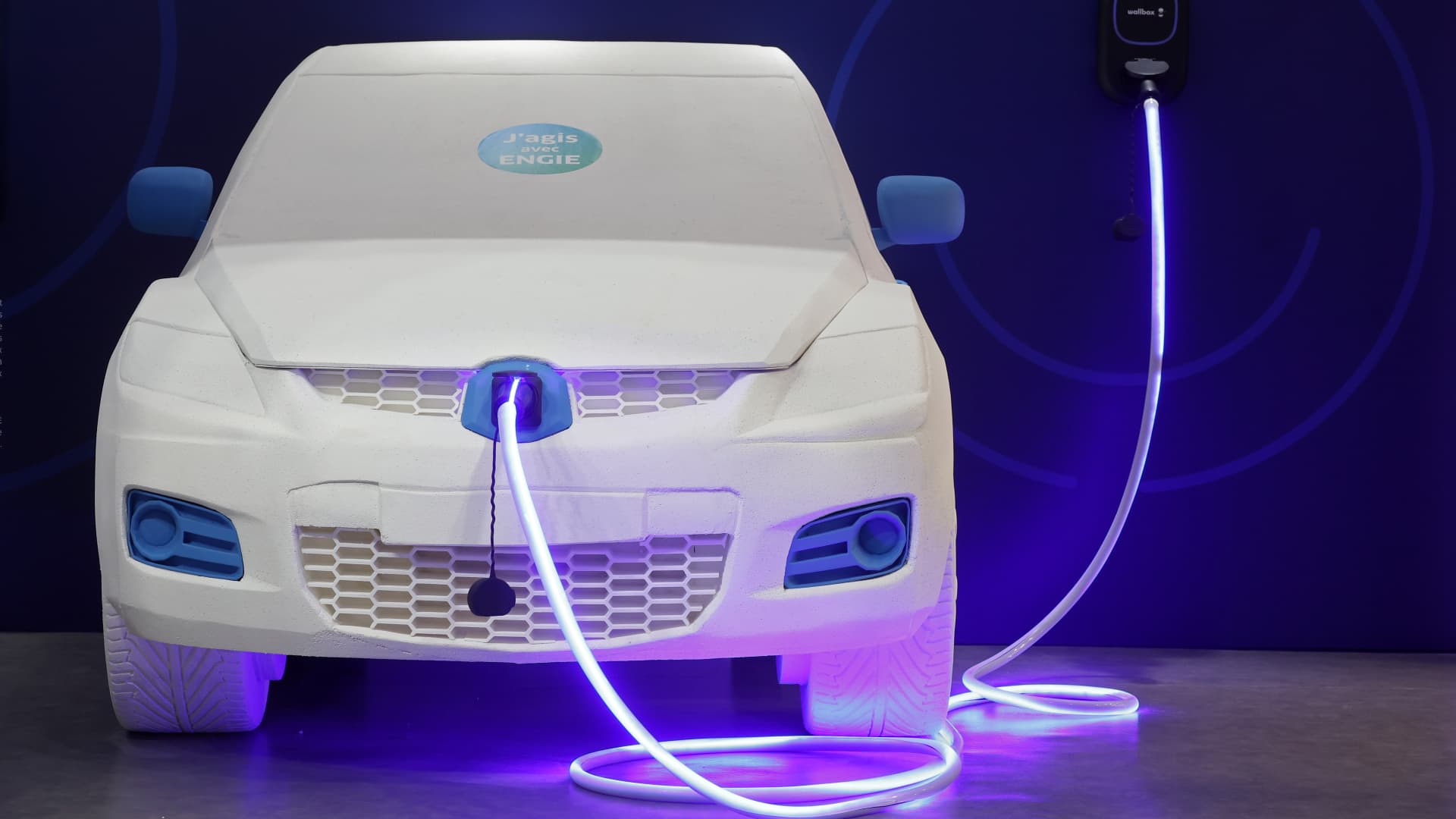
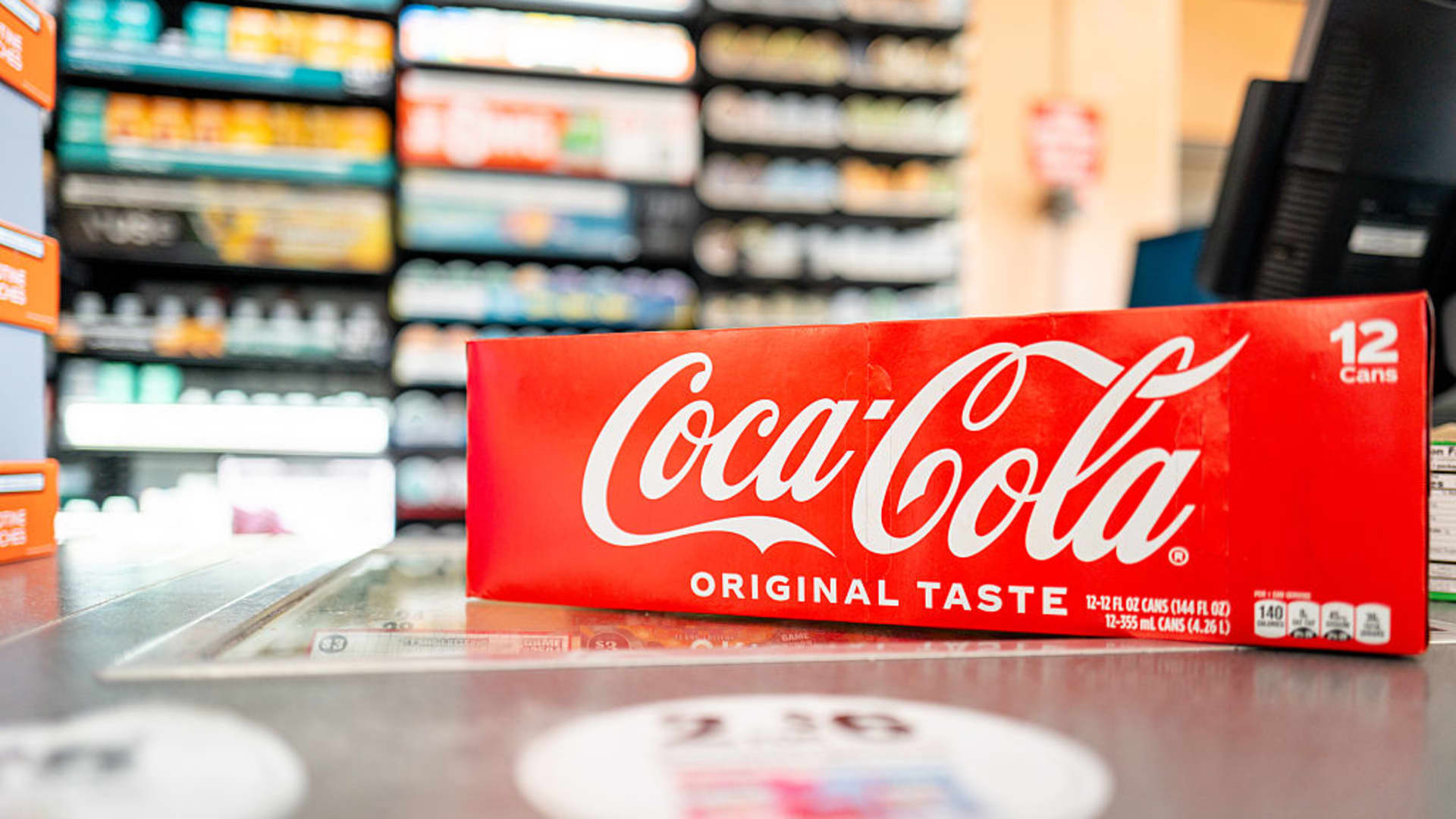
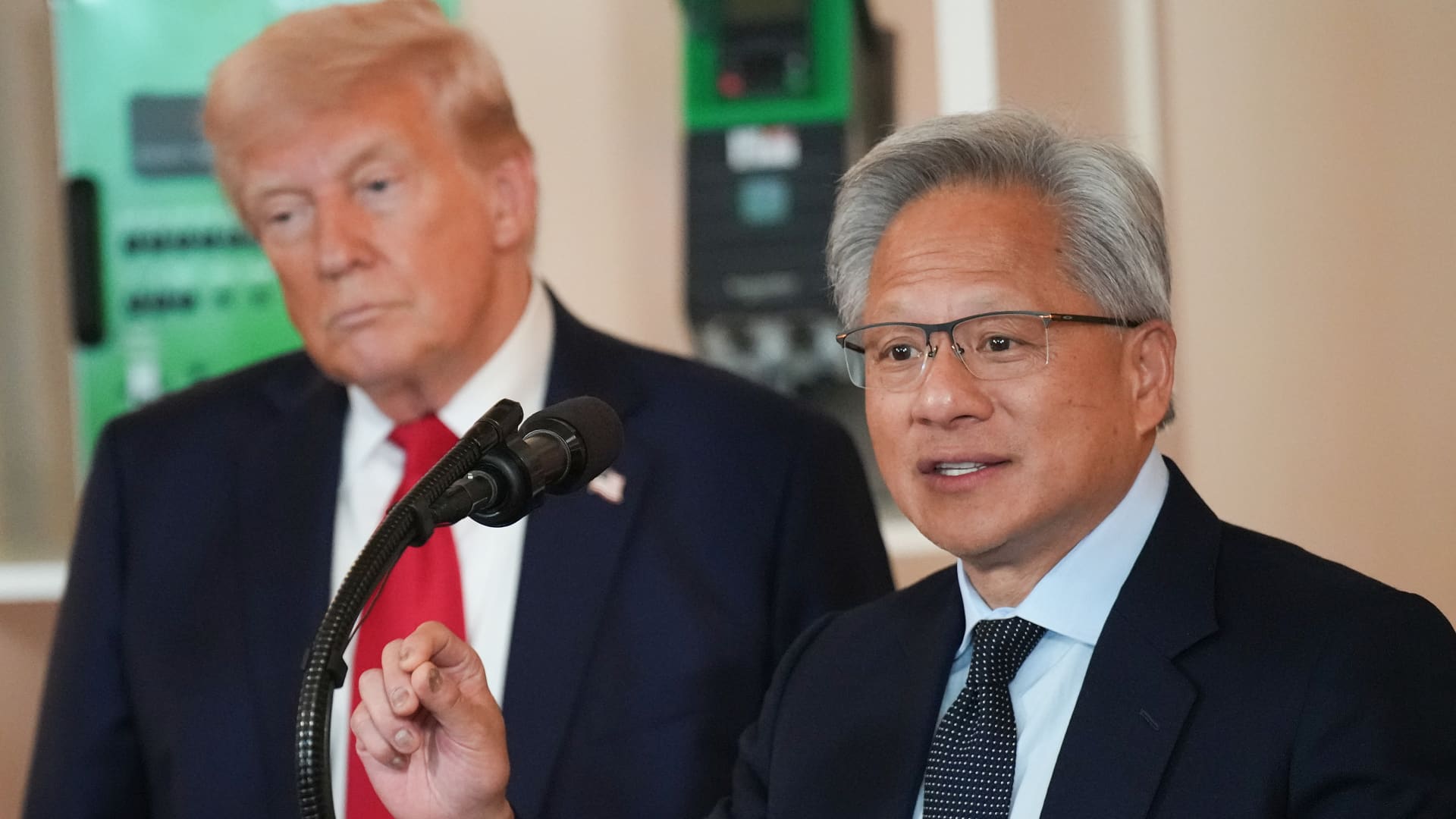
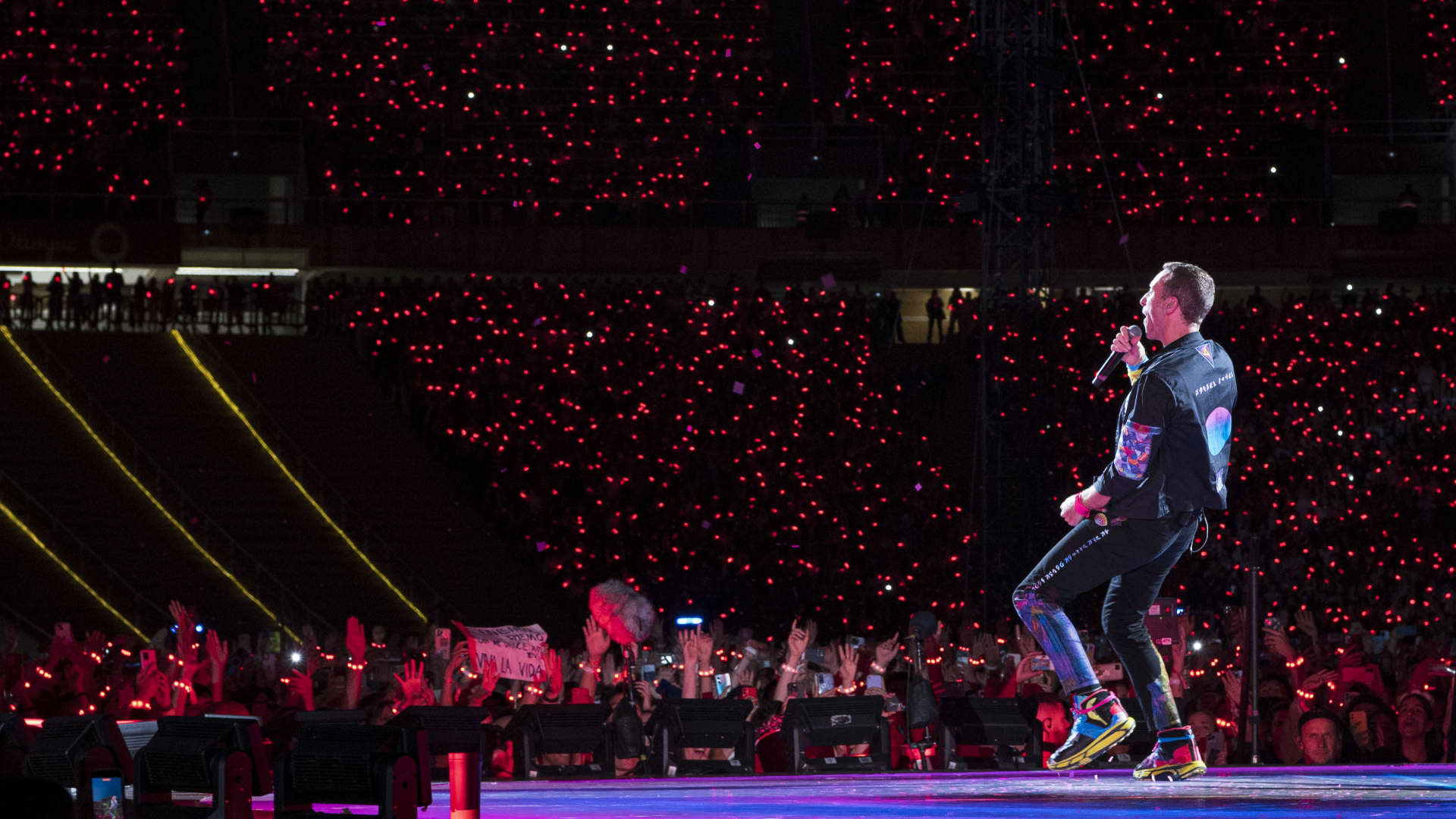
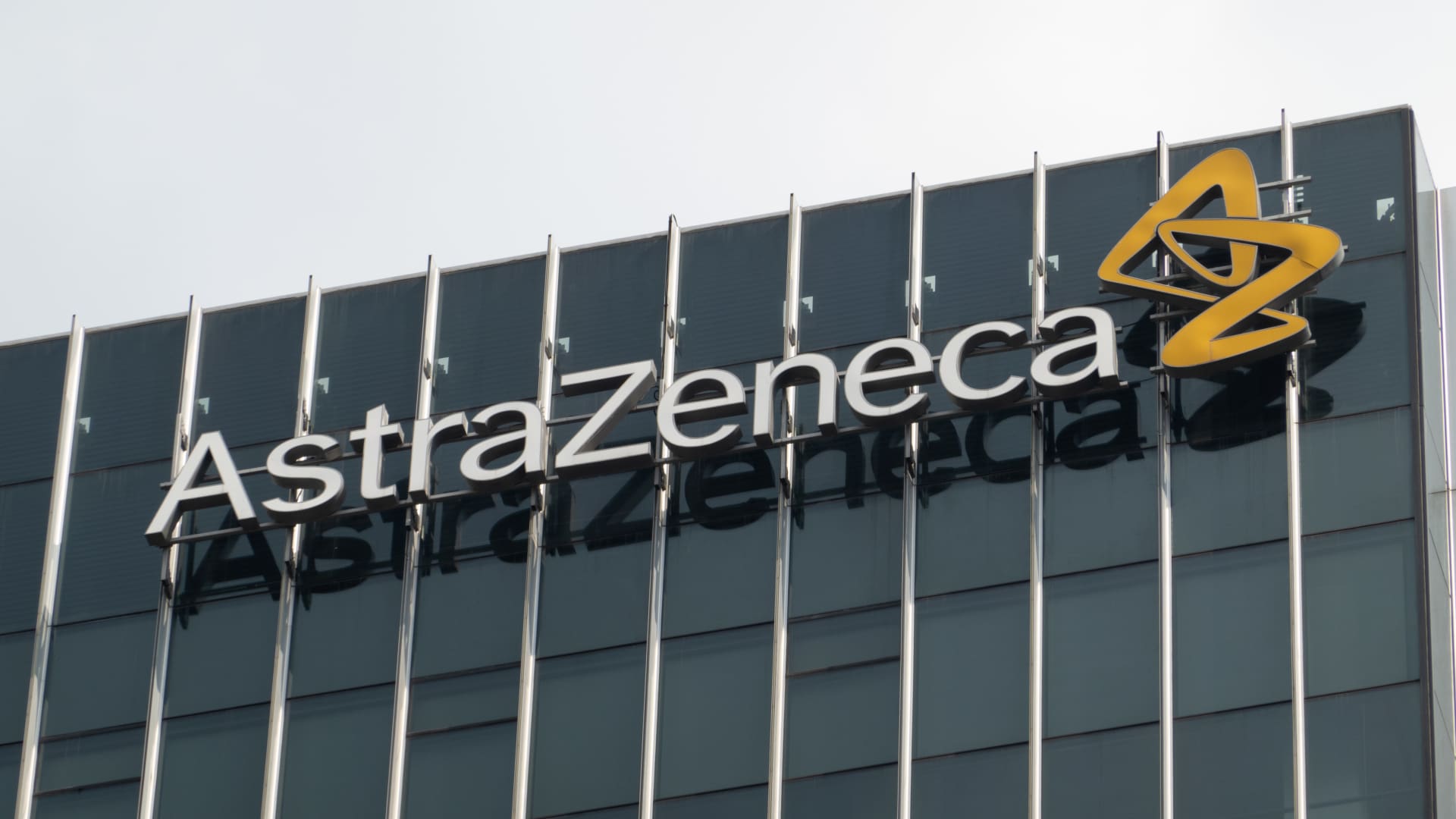
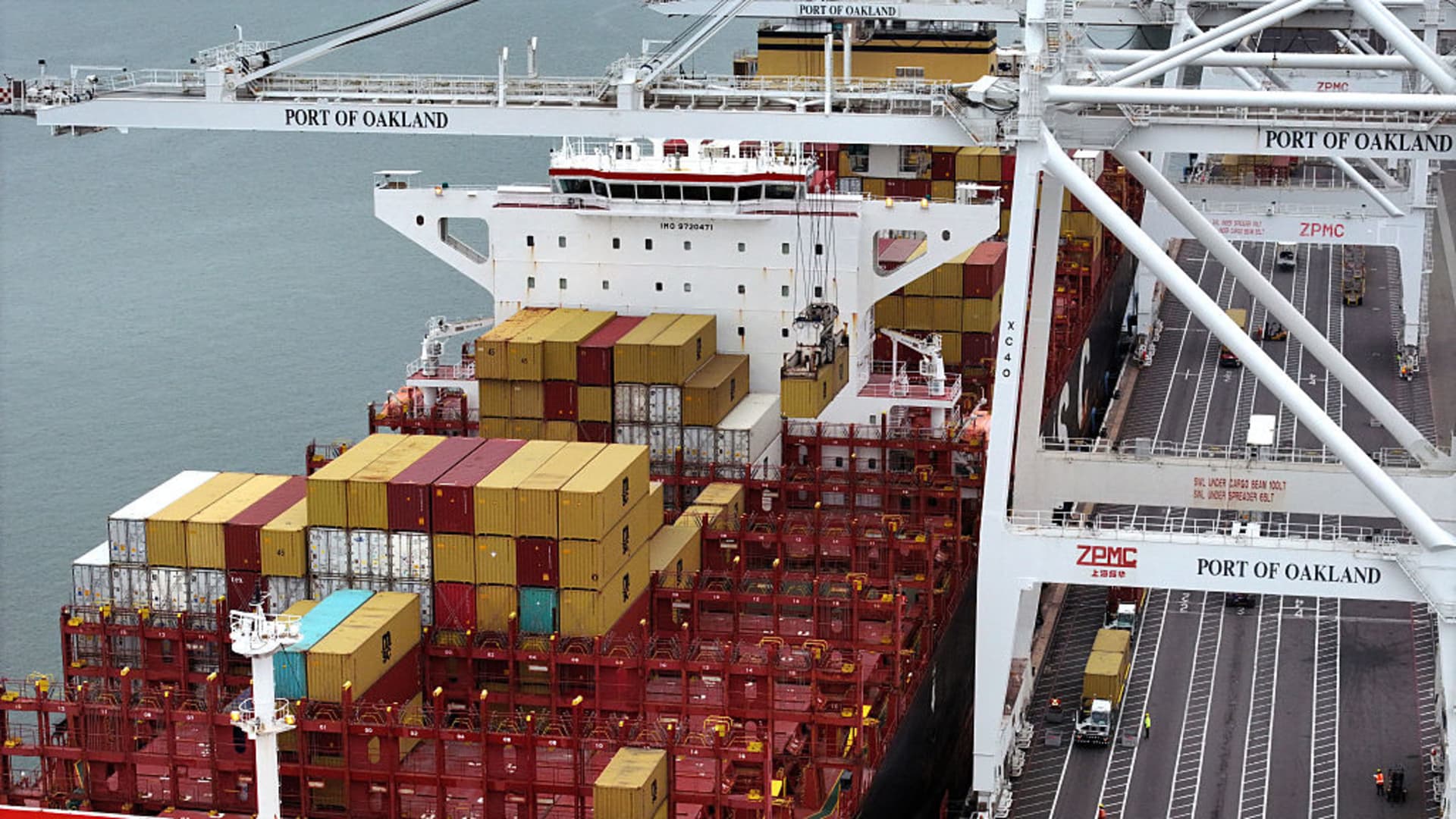
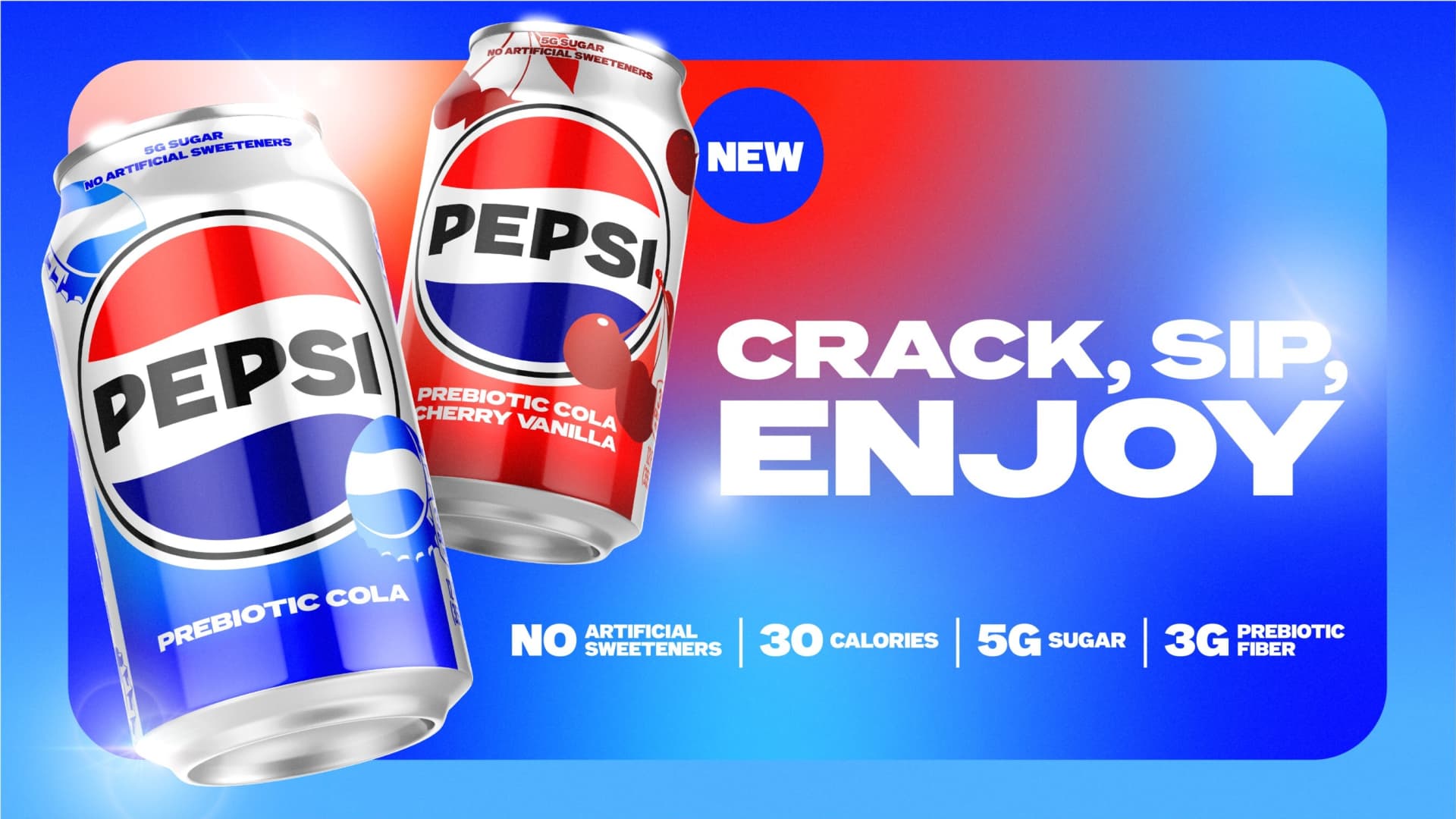


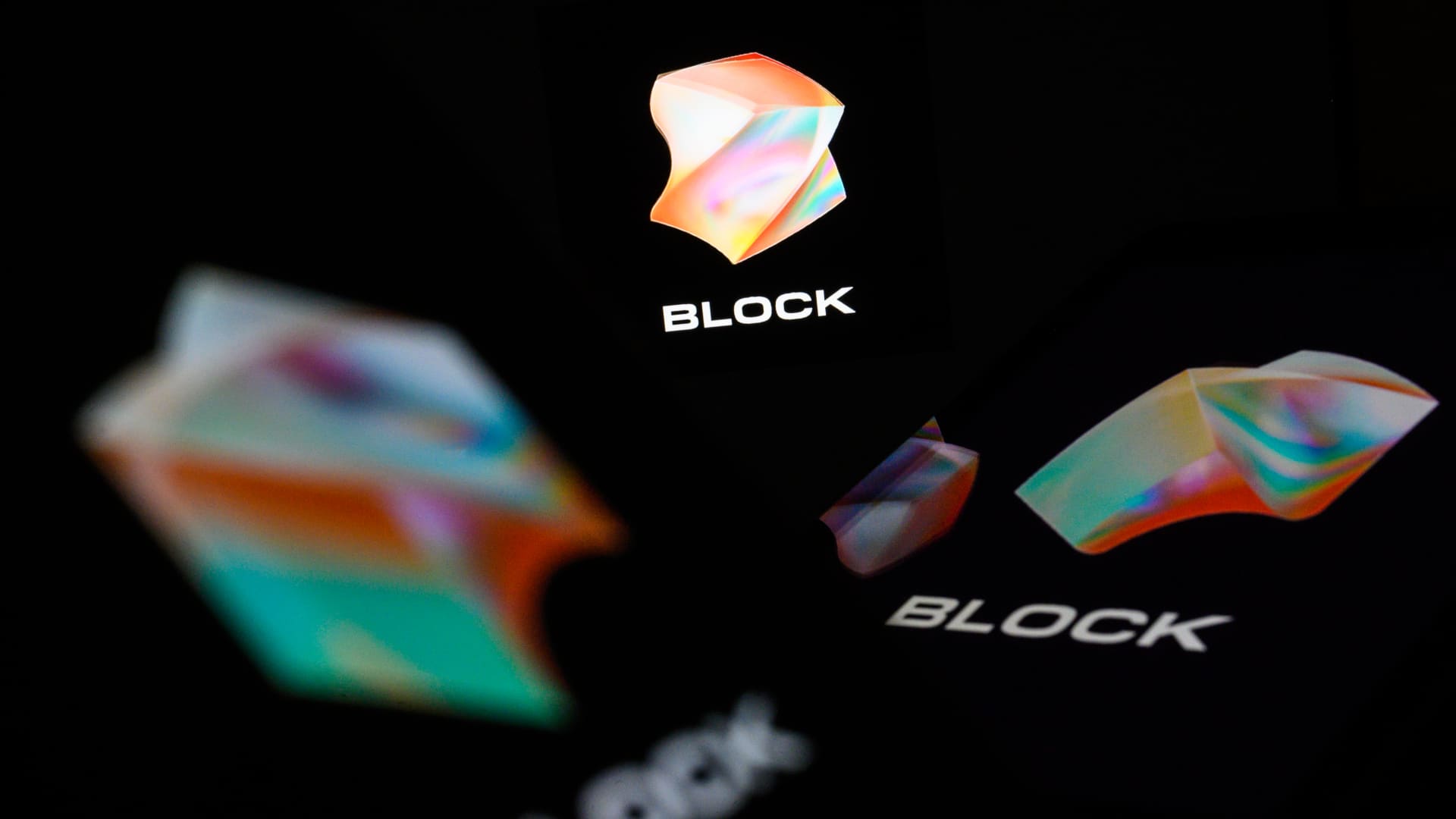
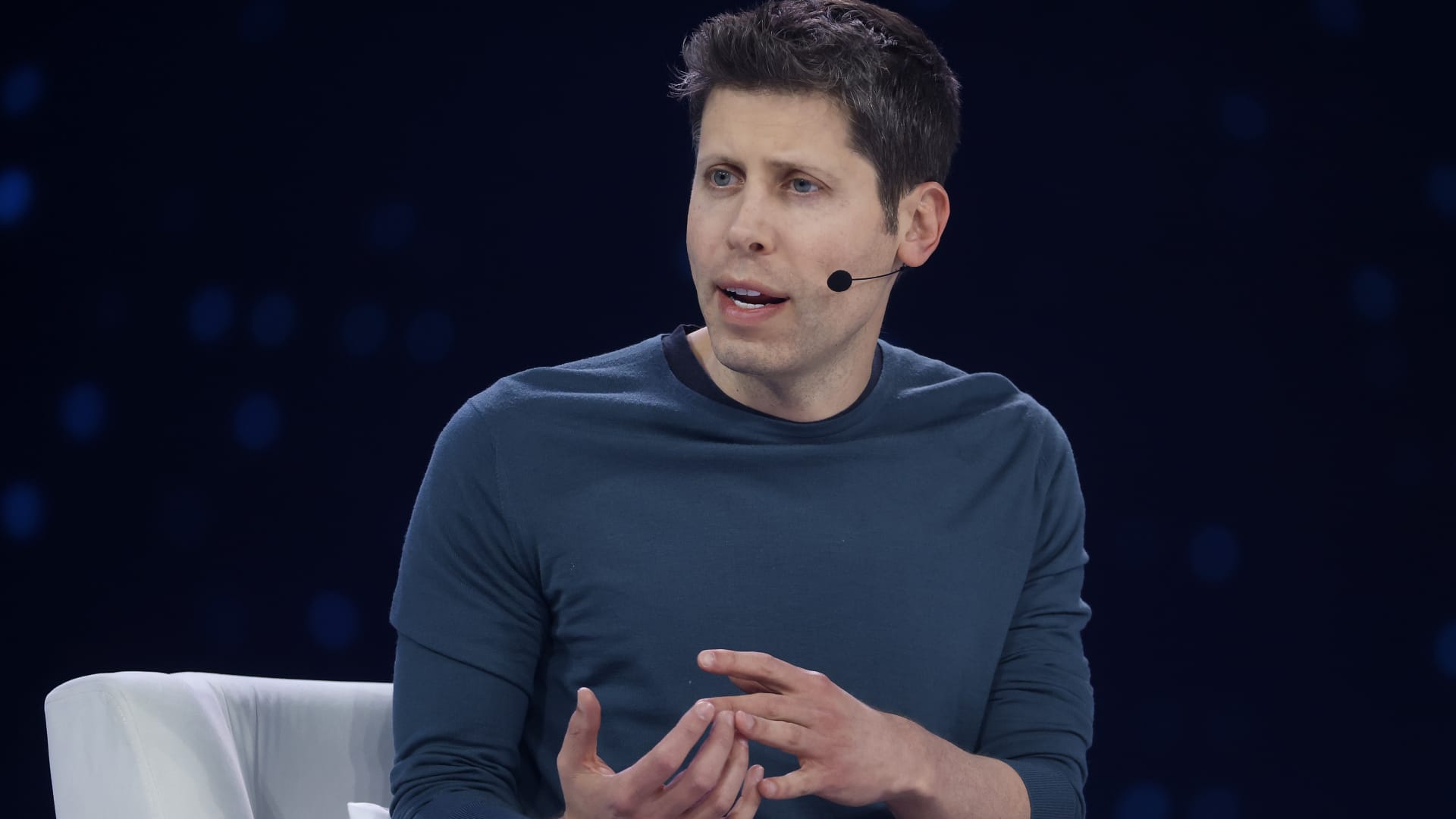


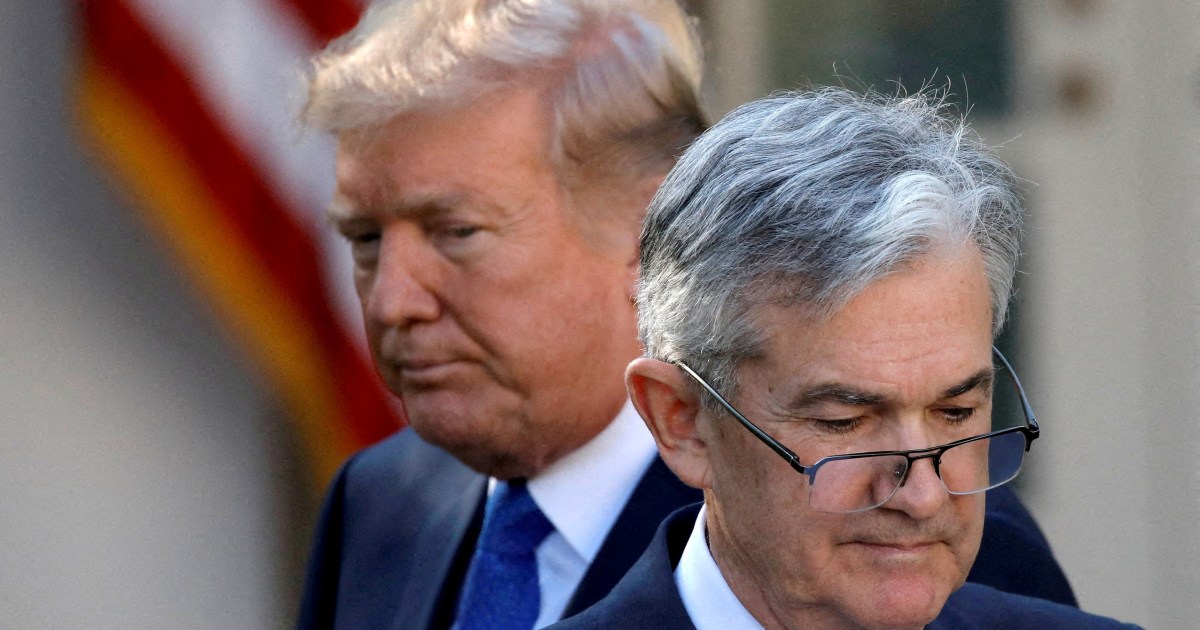
Leave a Reply